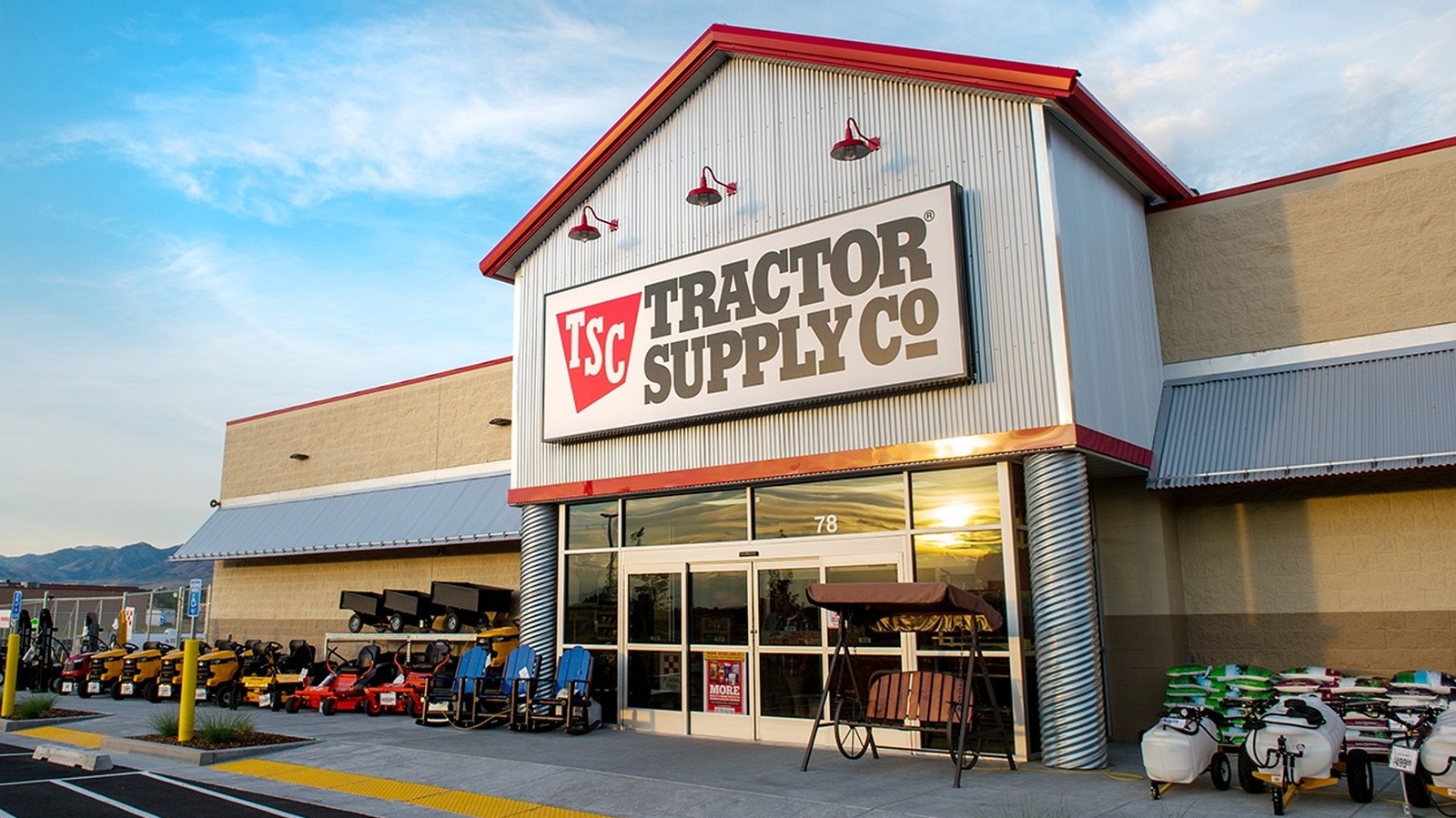
Who Owns Tractor Supply And How Did The Company Get Started?
- 21.03.2025 21:15
- slashgear.com
- Keywords: tractor supply, sears
Tractor Supply was founded in 1938 by Charles E. Schmidt Sr., starting as a mail-order catalog for farm parts. It has grown to over 2,200 stores across the U.S. and went public twice, now traded on Nasdaq as TSCO. Its success began during the Great Depression by offering essential, affordable products to rural customers.